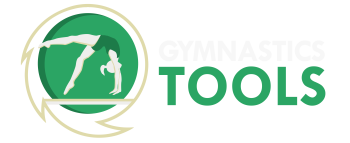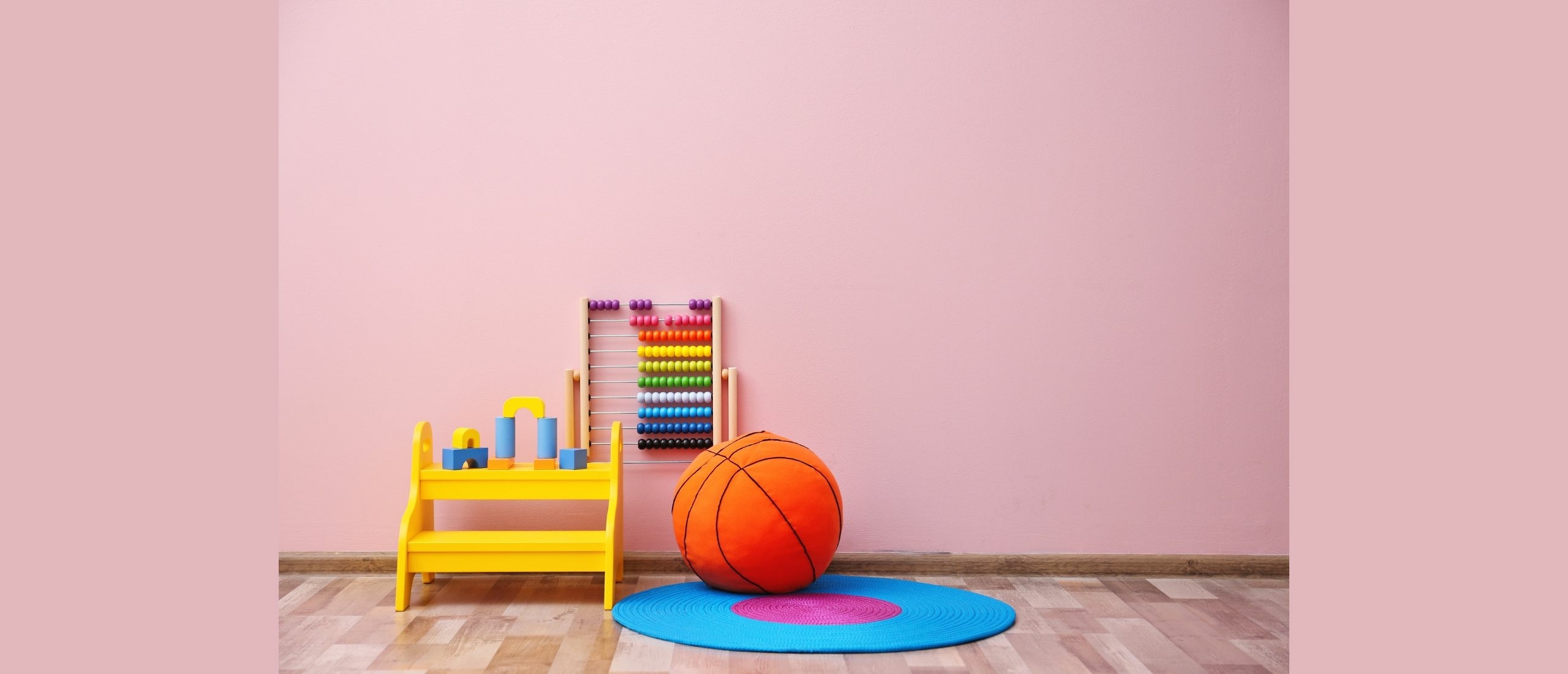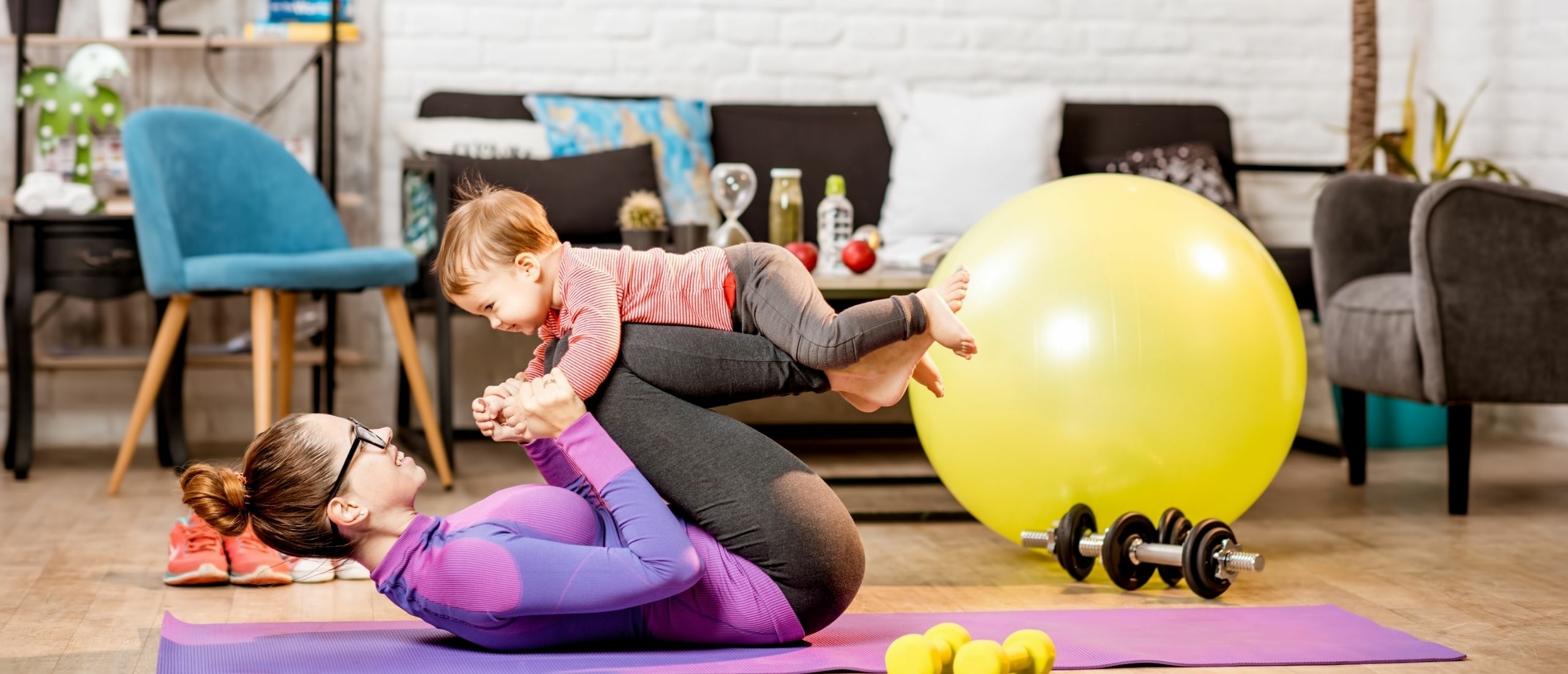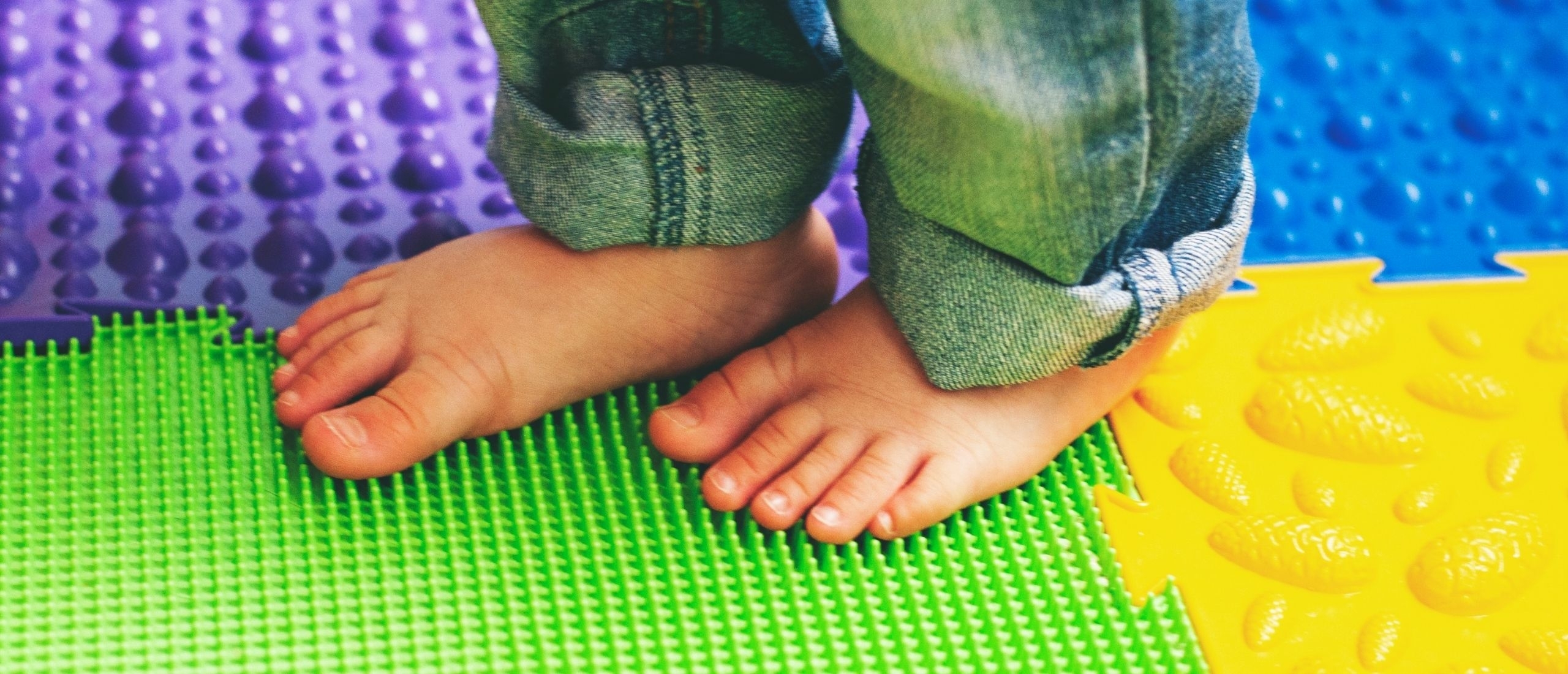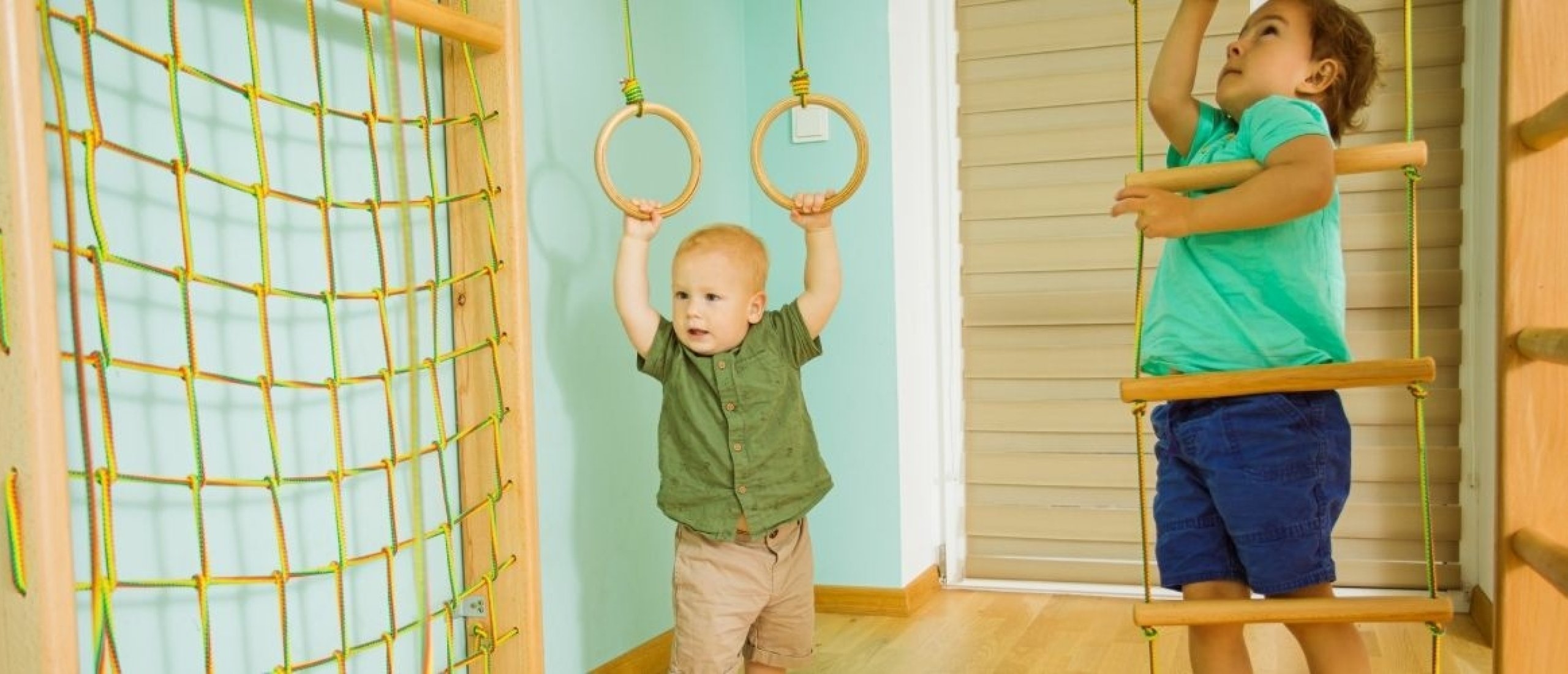Movement Education is a popular and effective method that more and more schools are implementing in their curriculum. The method combines movement and learning to create a unique way of teaching that offers benefits for both students and teachers. In this blog, we will discuss in detail about moving learning in elementary schools, why it is important, and why every school should invest in it.
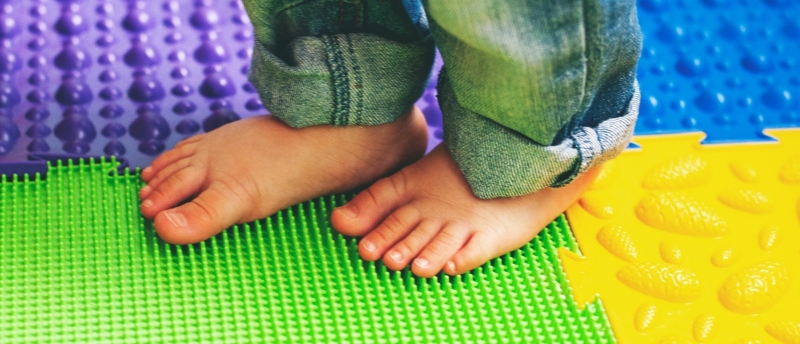
What is Movement Education?
Movement Educationis a methodology that focuses on combining physical activity and cognitive processes to improve the quality of learning. The goal of moving learning is to actively engage children in their learning process, where their body and mind work together. This can be achieved by including active breaks, standing while learning, active games, and other moving activities.
Benefits
One of the most important benefits of moving learning is that it can help to increase children's attention span. Studies have shown that children who engage in physical activity, such as walking or running, can better hold their attention than those who sit still. Movement Education can, therefore, help improve children's concentration and increase their engagement in the learning process.
Another benefit of Movement Education is that it can help improve children's physical health. Children often sit still for long periods in school, increasing their risk of health problems such as obesity and diabetes. Movement Education can help children become more physically active and improve their overall physical health.
Brain stimulation
Furthermore, Movement Education can also improve children's cognitive skills. By combining movement and learning, the brain is stimulated, and children can develop better cognitive skills, such as memory, concentration, and problem-solving. This can be achieved by playing active games that require children to think and work together to solve problems.
Another important benefit is that it can help reduce stress and improve children's well-being. Children often experience stress in school, especially when it comes to tests and exams. Exercise can help reduce this stress and help children relax. Moreover, moving learning can also improve children's social and emotional skills, as many moving activities and games require cooperation and communication.
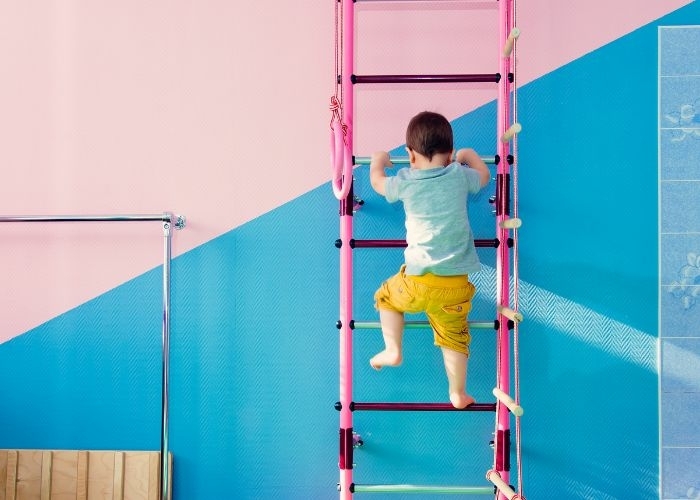
Parental involvement
In addition to the benefits for students, Movement Education can also provide benefits for teachers and the school as a whole. By implementing moving learning, schools can increase parental involvement. For example, parents can be encouraged to participate in activities that involve moving and learning, such as active homework assignments.
Examples of active learning in physical education class at primary school.
There are several ways in which schools can implement active learning in their curriculum. Below are some examples of active learning that schools may consider:
- Active breaks: By taking short breaks in which children can move around, they can improve their concentration and get rid of excess energy. This can be done by playing outside or by doing a short movement exercise.
- Standing learning: Standing learning can help improve blood circulation and concentration. This can be done through a standing desk or by standing while reading or doing assignments.
- Active games: Active games such as tag, relay, or throwing a ball can help children work together and improve their cognitive skills at the same time.
- Moving activities: Activities such as yoga, dance, or gymnastics can help children improve their physical health and improve their concentration and cognitive skills at the same time.
Examples of active learning in elementary school gym class
- There are many ways in which active learning can be implemented in elementary school gym class. Here are some examples:
- Math: Create a circuit with different stations where children have to perform math exercises, such as counting jumps, measuring distances, or calculating speeds. This can be adapted to the age and skills of the children.
- Language: Give children assignments where they have to make movements that fit certain words, such as making a jump at the word "high" or making a crawling motion at the word "low". This can be extended to making short sentences or stories where children have to make certain movements.
- History: Let children reenact historical events through movement. For example, reenacting a battle or building a pyramid.
- Natural science: Let children move like different animals or plants and teach them about the characteristics and features of these organisms.
On the platform of Gymnastics Tools you can find a complete learning line for active learning for preschoolers. With instructional videos, you can easily prepare an educational gym class. Below are some videos you can find on the active learning platform.
Join Gymnastics Tools and get access to all methodical videos, teaching materials, and training sessions!
Conclusion
In conclusion, Movement Educationis an effective method that offers a range of benefits for both students and teachers. By actively engaging children in their learning process and combining movement and learning, children can improve their concentration, cognitive skills, physical health, and social and emotional skills. Every school should consider investing in moving learning to provide their students with a unique and effective way of learning
